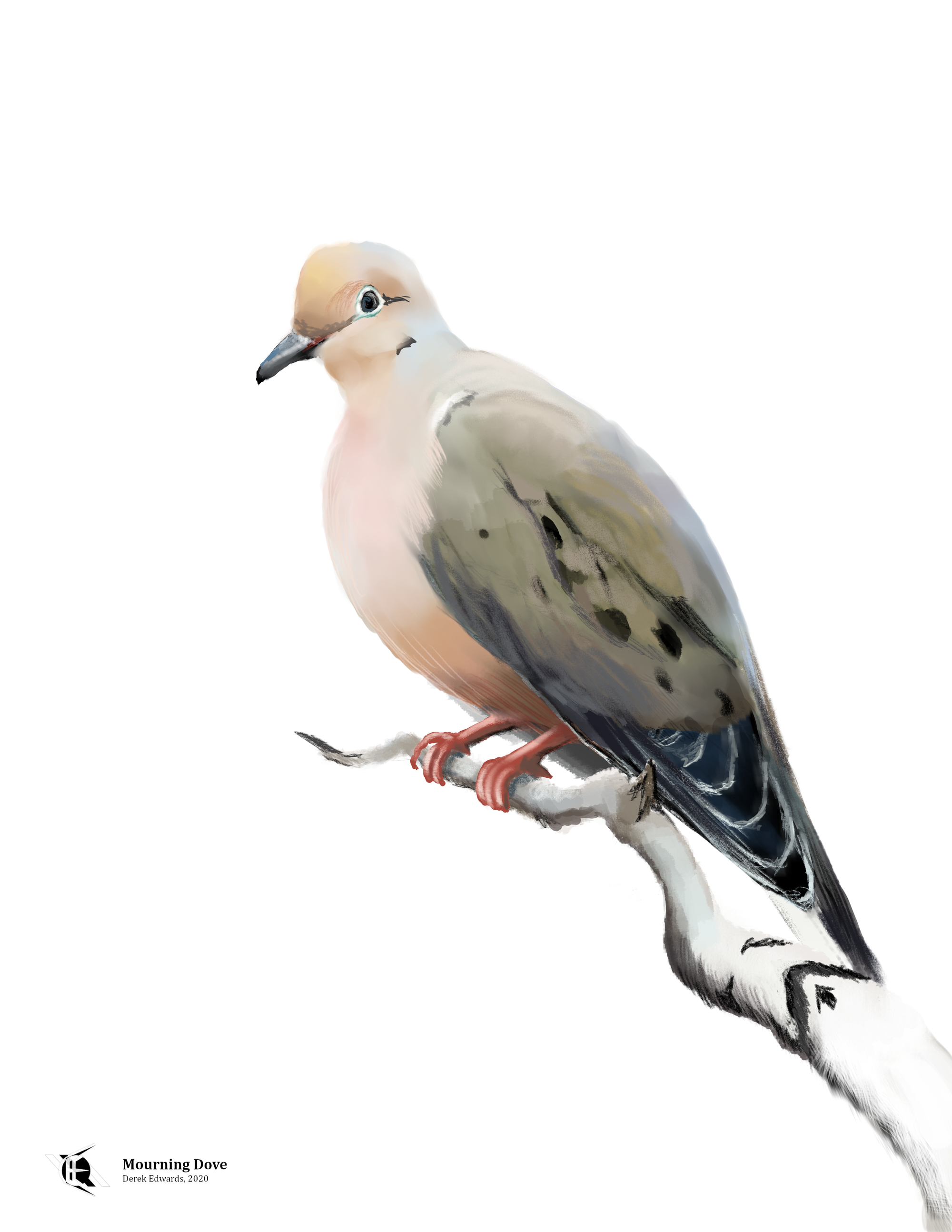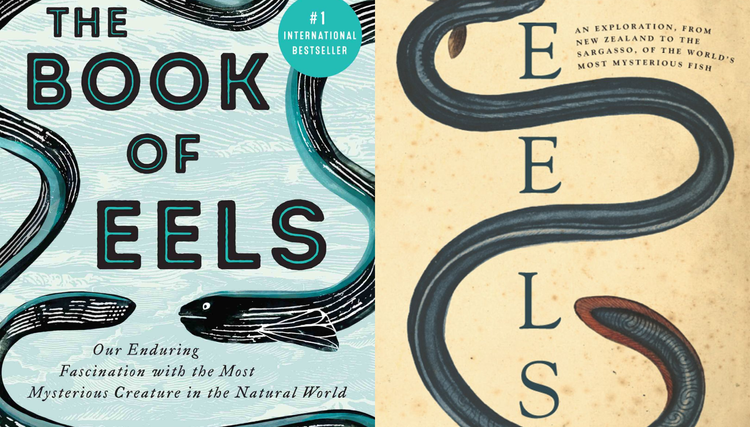
Running Commentary 11/20/2023
Hello,
It's Thanksgiving this Thursday, but I'll be celebrating with family throughout the weekend, so I'll be taking next week off from this newsletter.
Anyway...
Watching...

Loki
The season, and apparently the series, wrapped up with "Glorious Purpose", an episode that shares its title with the Season 1 premiere, sort of closing the loop of the show in on itself in a thematically fitting way. Here are my notes on the episode, the season, and the series as a whole:
- Now that I've seen the whole thing, I'm really impressed with this show. It's very hard to pull off this kind of timehopping, multiple-universe story without it going off-the-rails, and I was not convinced that Loki would stick the landing as I watched it episode-by-episode. Not only this season, but Season 1 also gets wrapped up quite neatly here.
- The show had a sort of Luddite bent to it, right down to Loki literally smashing a loom at the end. The show doesn't seem to be broadly anti-industrial, the way The Lord of the Rings is, but it does very much come down on the side of Loki restoring...Yggdrasil, I guess that was supposed to be, in rejection of Kang's timeline-controlling technology.
- The sequence of Victor Timely dying over and over again was the most morbidly funny thing I've seen all year. Actually, the whole Groundhog Day sequence at the beginning of the episode was really funny and really nerve-wracking at the same time. It was great.
- Like episode 5, the finale worked because it was about Loki. It even managed to make the Season 1 finale about Loki, instead of being about Ant-Man, as it felt at the time.
- This show always kept me guessing, right up to the end. I figured Loki would somehow take Kang's place over the TVA, but I didn't predict how. The way the second season focused its plot on "fix the gizmo", which I complained about at the time, was actually a very clever misdirection for the finale.
- Again, as a whole, this show was pretty fantastic. I'm not going to give it a full review, but I will give it a rating. Its only real crime is that there are sections that went on a bit too long. Production design, casting, music, acting, and writing were all great. 8/10
Reading...

Invisibility by Gregory J. Gbur
This book, like Full Spectrum by Adam Rogers, is about optics, when you get right down to it. There is not really much in the way of working invisibility technology, at least as understood by the general public, out there in the world. And there's a pretty limited amount of invisibility tech even in development. So this book can't really be about invisibility.
Gbur is a university researcher into invisibility, so he has the technical knowledge to cover the topic well, but before he can explain how we might engineer things not to be seen, he has to explain how it is that we see things. That's where the history of optics comes in; where Full Spectrum told the history of our understanding of our perception of color, Invisibility tells the history of our understanding of our perception of form. Why do we see objects? We seen an energetic body, such as a light bulb or the sun, because it is emitting light, and we see other bodies because they reflect and/or refract light. To make something invisible, you could simply make them not do any of those things, the way Douglas Adams said that the key to flying was to jump and then not land on anything. But, like Adams' flight, that's not really possible, especially for solid objects. So, instead, invisibility must be achieved by counteracting the interactions of light and objects, and doing that requires a working understanding of what light is.
Gbur actually does a great job of telling this history. Physics-minded readers might already know that light is now considered to be simultaneously a particle of sorts and a wave of sorts, and that before this quantum theory it was considered a wave; they may not know, as I didn't, that in Newton's day, light was considered a pure particle. Gbur takes the reader through the history of light physics at a breezy pace, introducing light researchers as the protagonists of an era-spanning story. But that's not all his book tells the history of: he also tells the history of invisibility as a plot device in fiction. As understanding of light emerged into the public consciousness, so too did dreams, or as often nightmares, of things that master light to disappear from view. (De Maupassant's "The Horla" and other public domain stories of the invisible that I'll feature in the curation links of future newsletters came to my attention in this book.)
Invisibility was a neat read, well-researched and well-written. It makes for a good companion to Full Spectrum, in a way. Give it a read if you're interested in invisibility or even just in vision. 9/10

Bird of the Week
I featured this artwork about three years ago, but that was before I'd really figured out how to write Bird of the Week. I think that the mourning dove deserves better, so here's a new write-up:
Sometimes, you have to draw a bird to really appreciate its beauty. Take, for instance, the Mourning Dove. They're grayish-brown, with a few dark spots. They're nowhere near as colorful as their cousins the fruit doves, or even their ubiquitous kin, the rock pigeons. But as I drew it, I discovered that it was actually quite colorful, in a subtler, shades of beige sort of way: yellowed in the head, blue-greenish at the neck, olive in the wings, blushy on the front. Altogether it's a very pretty bird, something I hadn't really noticed in all the times I'd seen them.
Mourning doves are the most common dove in North America, and one of the most common birds in the continent. They are found year-round in most of the United States, Mexico, and the Greater Antilles, while some spend the summer in Canada and others the winter in lower Central America. There are five subspecies recognized, all of which look largely the same. Mourning doves and the other members of their genus are most closely related to the quail doves.
Like many other doves, mourning doves are considered symbols of peace (officially so, in Wisconsin1), while simultaneously being killed in greater numbers than most perching birds. Carve-outs exist in the Migratory Bird Treaty Act to allow for hunting of mourning doves feeding in harvested grain fields, although deliberately setting out grain as bait is prohibited.2 This irony is rooted in the same thing: that mourning doves are "born to be eaten", in the words of a Texas wildlife officer named Philip Dickerson.3 They are the whitetail deer of the bird world–large, peaceable creatures whose role in the broader ecosystem is to serve as food for other creatures, humans included.
"Mourning" doves are named for their low, doleful song.4 The other noise they're known to make, a stooges-esque wheep-wheep-wheep-wheep-wheep, is actually produced by their wing feathers when they go flying away from danger.5 Formerly, the mourning dove was known as the Carolina pigeon or Carolina turtle-dove,6 the latter name being due to its resemblance to members of the genus Stretopelia. To science, the mourning dove is Zenaida macroura; the species name means "long-tailed", while the genus name is given in honor of Zénaïde Bonaparte, wife of Charles Lucien Bonaparte, noted ornithologist and nephew to the French emperor.7
While the bird is named for a woman, a woman was also named for the bird. Mourning Dove (or Humishuma, the Okanagan name for the bird) was the pen-name of Christine Quintasket, an author of Westerns and recorder of Native American legends.8
- “Wisconsin State Symbols | Wisconsin Historical Society.” Wisconsin Historical Society. Last modified May 23, 2012. https://www.wisconsinhistory.org/Records/Article/CS2908.
- "Information for Dove Hunters" | U.S. Fish & Wildlife Service. (2021, December 1). FWS.gov. https://www.fws.gov/story/2021-12/information-dove-hunters
- Bonner, Randall. “Mourning Dove: A Game Bird That Was ‘Born to Be Eaten’ | OutdoorHub.” OutdoorHub. Last modified September 15, 2017. https://www.outdoorhub.com/how-to/2017/09/15/mourning-dove-game-bird-born-eaten/.
- Fryson, Vincent. "ML430087991 - Mourning Dove." Macaulay Library. (2022, March 29). https://macaulaylibrary.org/asset/430087991
- Hughes, Carl. "ML464992251 - Mourning Dove." Macaulay Library. (2022, May 23). https://macaulaylibrary.org/asset/464992251
- Audubon, J. J. “Carolina Pigeon.” Audubon's Birds of America, plate 17. https://www.audubon.org/birds-of-america/carolina-pigeon.
- Jobling, J. A. (editor). The Key to Scientific Names in Birds of the World (S. M. Billerman et al. editors), Cornell Laboratory of Ornithology, Ithaca.
- Nisbet, Jack & Claire Nisbet. “Mourning Dove (Christine Quintasket) (ca. 1884-1936).” HistoryLink. https://www.historylink.org/File/9512.
Curation Links
The A-maize-ing Life of a Corn Maze Designer | J. Brian Lowder & Logan Bench, Slate
Interview with a corn maze architect. “When we cut a maze, there are two options, really. We can do GPS, which we’ll do if the corn is tall. But usually we really prefer to do the corn when it’s short—it’s just really laborious when the corn’s tall. If we’re consulting the farmers ahead, we’ll tell them to plant at a certain time, so when we show up, the corn is only 12 inches tall, maybe. A lot of people are surprised by that. We cut the corn when it’s really short, and then the corn will grow into the maze.”
The Beauty of Chalk | Roy Peachey, Plough
A review of Do Not Erase, a photo-illustrated book focusing on the blackboards used by university mathematicians. Chalkboards remain the preferred math medium, even as whiteboards and digital devices have replaced them elsewhere.
Lionized | Sophie Newman, The American Scholar
“Maybe it’s not just a sense of guilt that makes us grieve the loss of P-22. Maybe it’s a more primal urge, a reminder of the parts of us that remain wild, that are still untamed, that continue to fight for survival. But though it’s better to care about wild animals than to ignore their fate altogether, I wonder what life would have looked like for P-22 if he had lived his life nameless and unseen—living and dying not by our hands but by the rhythms of the natural world that was his.”
Last Known Position | Lucas Passmore & John Wynn, QCODE
[FICTION] [AUDIO] 8-episode audio drama about a crew of specialists hired by a billionaire to find a plane that crashed over the ocean with his family aboard. The cover art is a slight spoiler; it depicts the great sea creature that may or may not have attacked the plane.
See the full archive of curations on Notion






Member Commentary